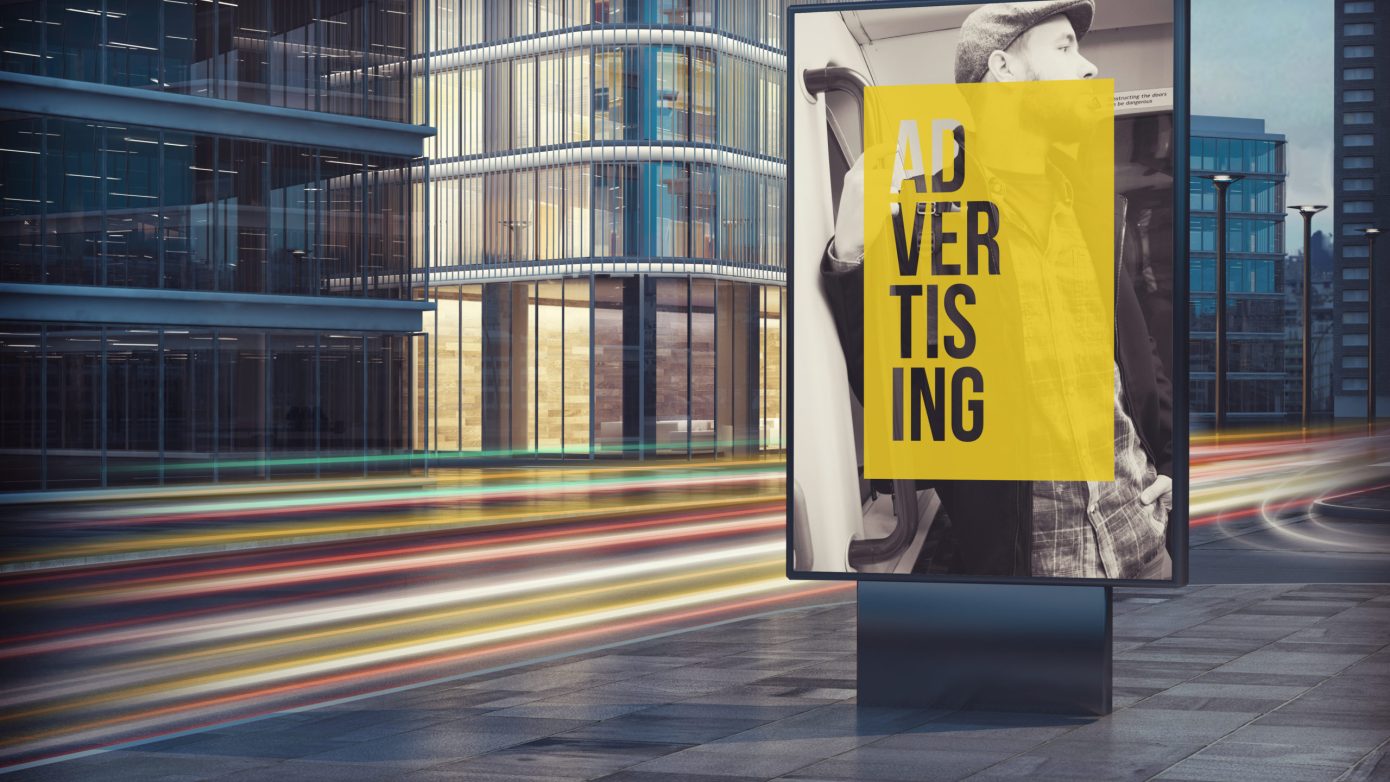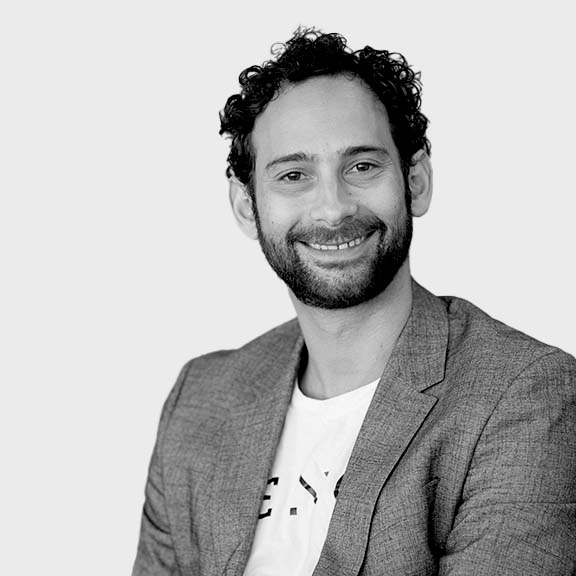We sat down with some of the sharpest minds in the digital out-of-home space to get a glimpse into the programmatic developments in OOH, and what the post COVID-19 recovery looks like as our movement increases.
We talked to industry leaders to hear their insights:
Ben Baker, Sales Director, ANZ, Vistar Media
Laura Wall, Head of Programmatic, Shopper Media
Mo Moubayed, Co-Founder and Head of Business Development, Veridooh
Braden Clarke, Programmatic Director, Val Morgan Outdoor (VMO)
Ben Allman, Sales Director, ANZ, Broadsign
OOH is the latest emerging channel that can be activated programmatically. How does your business view this shift in ways of buying, and what is it doing to be a part of this evolution?
Ben Baker: Vistar pioneered the programmatic OOH landscape eight years ago, but in just the last few years programmatic DOOH has exploded onto the global scene. Programmatic OOH in our market is now truly delivering on its core values: 1) data-lead audience targeting, 2) transaction and workflow automation, and 3) measurement for true campaign impact evaluation.
Vistar always starts with the audience. Now more than ever it is important to understand how that audience is moving throughout their day in order to make sure you are optimising your budget and minimising wastage.
Laura Wall: Shopper Media has always been positioned as leading the way in DOOH. This originally manifested in having 100% digital inventory, and installing Wi-Fi in every centre we are in. This data, coupled with other market-leading data sources, has been a part of how we have delivered audience-first packages to our clients with Shopper AI. Programmatic is now the next evolution for Shopper Media in delivering our medium to buyers in a market-leading way.
Mo Moubayed: OOH is transitioning from a traditional medium to a digital medium, including the digitisation of assets, the way it is bought and the ability to verify and measure it. All those aspects are at different stages of becoming “digitised”. Veridooh has always been focused on the future of OOH and we created our verification technology to be ready for when programmatic OOH reaches critical mass in the market. An underlying pillar of programmatic across any medium is the requirement for verification, and we have been working closely with all stakeholders to ensure we align on reporting the metrics that are required by agencies and advertisers.
Braden Clarke: The arrival of programmatic to DOOH is an exciting evolution, offering buyers the ability to take control of their OOH buying – planning and executing down to the screen, day and hour with granular precision.
For the first time, OOH is truly addressable, giving advertisers control of screen selection and pacing and streamlining the application of first-, second- and third-party data for smarter and more effective campaign targeting and measurement.
VMO is fully onboard with addressable OOH, with all connected screens in Australia available for programmatic trading. We’re resourced with a programmatic team providing additional planning insights, lightning-fast activation and near instantaneous creative approval. A range of curated Private Marketplace opportunities are available, while proactive daily account management helps buyers to easily hone in on audiences, providing on-target delivery and minimising wastage.
Ben Allman: Not only is OOH (or DOOH to be precise) one of the newest mediums able to be bought and sold programmatically, it’s also one of the last to take a seat at the programmatic table. By doing so we’ve been able to learn a great deal from other mediums that are more established in the programmatic world. Broadsign is fortunate enough to count some of Australia’s (and the world’s) largest OOH networks among our customer base. We’re viewing the shift towards programmatic as an opportunity to change the way in which OOH has been bought and sold, which in over 100 years hasn’t changed a great deal!
What do you think is the real value that programmatic technology can provide for brands looking to test?
BB: Flexibility. Programmatic DOOH offers brands the flexibility to activate, pause, move or even cancel OOH campaigns in minutes. Brands can take advantage of advanced targeting levers and plan campaigns by day of week, time of day, by format, by media owner, and even by the weather. As our day-to-day situation continues to evolve, being able to rapidly adapt strategy with no long-term commitments is critical.
Programmatic DOOH offers brands the flexibility to activate, pause, move or even cancel OOH campaigns in minutes.
LW: We are just at the start of this journey and currently there are two main value points for clients: 1) Flexibility in being able to purchase on a one-panel play basis, at scale powered by the technology. This is instead of being tied into packages or purchasing in two- or four-week digital-posting cycles 2) The ability to utilise the same data a brand is using to purchase their digital-media campaigns.
MM: I think the immediate value comes from automation, however, as programmatic OOH matures the value will be derived from the ability to target audiences dynamically, irrespective of supplier and formats.
BC: Programmatic technology makes OOH available to all, knocking down the barriers to entry. Equally suited to broad state/national bursts or highly targeted local proximity campaigns, programmatic technology provides frictionless access to campaign activation, creative management & reporting in real time – putting the power to deliver audiences at scale squarely in the hands of buyers.
Programmatic activation is particularly well suited to activating advertiser data/insights (e.g. mobile location data, weather-condition triggering), enabling more sophisticated targeting and improved campaign outcomes.
BA: From an advertiser’s perspective, the ability to buy DOOH programmatically means you can buy with greater efficiency and flexibility. Being able to stop, start, pause or optimise a campaign at a moment’s notice is more important than ever in the current climate. You can now focus on the screens, audiences and moments (e.g. when the traffic’s bad or the weather’s good) that are most important to you, meaning more effective campaigns.
How have you viewed the impact of COVID-19 on the OOH market?
BB: It’s no secret that OOH has been the hardest hit by COVID-19, though it also stands the most to gain. Not only is there new-found flexibility in buying OOH, there is a real appreciation for the time when people can be outdoors! There is a new emotional connection to time spent outside the home, and OOH is a great way for brands to communicate with people who are out and excited about the road back to normal.
LW: Essential Retail, which is where Shopper Media fits, is in a unique position where it hasn’t endured the declines in footfall the same way other OOH categories have. We have seen a huge shift to online purchasing; will things go back to how they were, or has this accelerated online retail to a new and sustainable high point and a “new normal”? We are also seeing changes in the way people commute with more people driving rather than taking public transport. These are just two examples of behaviours that are changing on a weekly basis. Overall, while we have seen a shift in people’s behaviour, people still go outside and are still being exposed to the powerful medium of OOH.
MM: It has been tough, just like most industries. However, we are already sensing a bounce back in Australia. There may be a shift in investment depending on where people are spending their time. For example, more roadside and more super-local targeting. A more subtle effect of COVID-19 has been the discussions around audience measurement, and I believe we will see some innovative solutions in the future about how to best tackle this aspect of OOH.
BC: OOH was significantly impacted by COVID-19 as commuter behaviours shifted to working from home, and social distancing was applied. Apple’s COVID-19 Mobility Report shows that public transport reached -80% of baseline levels during the depths of the crisis in mid-April, with driving reaching -70% of baseline levels. We’ve since seen these pick up to -61% and -22% respectively.
By harnessing the power of our DART real-time audience measurement, we’ve been able to keep an eye on traffic and engagement patterns across the VMO network in real time, and have seen consistent traffic across parts of the network, with increased audience concentration on screens located near Essential Services (supermarkets, pharmacies, petrol/convenience); and in Homemaker Centre locations.
BA: Unsurprisingly, COVID-19 has hit OOH harder than just about any other medium. During this time the importance of OOH has not diminished and we’ve seen the medium used in a number of new and exciting ways; from encouraging social distancing and promoting positive news to a national teddy bear hunt and this incredible Netflix spoiler campaign encouraging people to stay at home.
How will the OOH market respond as restrictions ease and what does the recovery phase look like?
BB: OOH was the world’s first form of advertising and remains the most resilient. At its core, OOH is an exceptional way to engage an audience at scale. For brands that have a story to tell, programmatic OOH is the ideal platform to spread the message both quickly and efficiently. I predict that the initial recovery phase will see brands using short-flight campaigns to announce retail-location re-openings or focusing spend on states further along in recovery. That will then expand to audience-driven strategies that allow brands to reach consumers across their “new normal” behaviour patterns.
For brands that have a story to tell, programmatic OOH is the ideal platform to spread the message both quickly and efficiently.
LW: The power of OOH is audiences at scale. The market as a whole will start to see audience numbers rise, but we will see a shift in where the audiences are. We need to utilise more data to show the power of OOH when planned as part of the wider media mix. Programmatically, we can utilise first-party data, the same data used across digital platforms to target audiences where relevant in almost real time. Overall, I think OOH will recover quickly as confidence around people’s movement comes back.
The power of OOH is audiences at scale. The market as a whole will start to see audience numbers rise, but we will see a shift in where the audiences are. We need to utilise more data to show the power of OOH when planned as part of the wider media mix.
MM: The OOH market should recover quite quickly. With DOOH the lead times are very short, so there is no longer a barrier to how fast it can bounce back.
BC: We’ll see audiences returning to normal levels across all channels. We are already seeing indications of “green shoots”, with over 6x weeks of sustained growth across our commuter destinations. Our active (gyms) sites are in the process of re-opening nationally, with WA already “open for fitness” with others soon to follow.
Looking further abroad, our work (NZ) channel re-opened for business last week and we’re already seeing traffic back to 65% of baseline levels. Over the coming months, VMO will continue to provide real-time traffic insights from our DART audience measurement platform to ensure buyers can plan and execute with confidence – and we expect momentum to build throughout Q3 to a strong and buoyant Q4.
BA: OOH publishers have been quick to act and many are using data to demonstrate the impact of easing restrictions. While environments such as airports, gyms and cinemas will take a little longer to bounce back, we’re already seeing significant audience uplifts in a number of environments, particularly retail and roadside.
What’s your next big bet in terms of what you see happening in the market over the next 12 months?
BB: We see three things happening almost simultaneously:
1) Brands want to bring OOH into their omnichannel approach now that we can take digital audience segments and push them into the physical world. Applying a consistent data strategy across all media is the end goal, and with programmatic it is now possible .
2) The supply footprint is set to more than double in the next three months as vendors see programmatic OOH as a great way to tap into those omnichannel marketing campaigns.
3) Measurement and attribution will be highly sought after as marketing budgets are further scrutinised. Vistar offers both brand and footfall study solutions, not only post-campaign but also mid-flight in order to provide opportunities to continuously optimise. Measuring the overall impact of an OOH campaign across all media providers will allow for true evaluation of the medium in an omnichannel context.
MM: It’s hard to predict what will happen to the market due to the unpredictability of COVID-19. I believe three areas of focus for the industry to grow even further would be automation, creativity and audience.
BC: As evidenced with display, video, audio and native inventory – programmatic will become part of “the new normal” for OOH campaign execution. Buyers will take advantage of the additional controls to plan smarter and more efficiently, taking advantage of first-, second- and third-party data to deliver and measure campaign effectiveness. As more media owners test the waters with programmatic, and coverage increases, there will be a “critical mass” of inventory that will further accelerate the adoption of programmatic OOH. From a VMO perspective, we’ll be further investing further CAPEX across all verticals to continue to drive the growth of the network.
BA: While OOH will make a strong comeback, the landscape will be more competitive than ever before. Economic uncertainty will mean that publishers offering the most flexibility to buyers will be best placed to benefit. If you ask me, the shift to programmatic in OOH couldn’t have come at a better time.
Take a look at our June insights deck to learn more.




